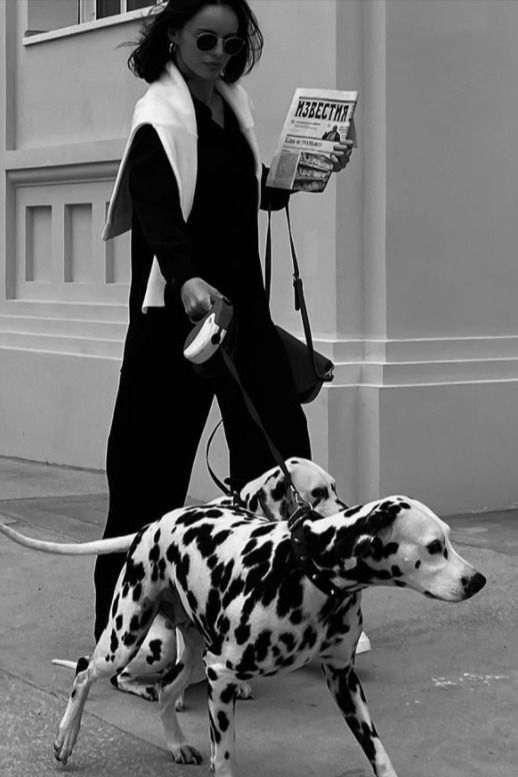Whether you're a seasoned dog owner or a newbie pet parent, mastering the art of dog training is a rewarding experience that strengthens the bond between you and your canine companion. Here, we'll delve into some of the top concerns and questions that people have about dog training and provide expert tips and techniques to help you unleash your pup's potential.
Addressing Leash Reactivity:
- Leash reactivity, where dogs exhibit excessive barking, lunging, or aggressive behavior while on a leash, is a common concern for many dog owners. To address leash reactivity, start by creating distance between your dog and the trigger (such as another dog or a cyclist) to reduce their arousal levels. Use positive reinforcement techniques to reward calm behavior and gradually desensitize your dog to the trigger through controlled exposure and counterconditioning exercises. Consistency, patience, and plenty of treats are key to helping your pup overcome leash reactivity.
Curbing Jumping Behavior:
- Does your pup have a habit of jumping up on people? Don't worry, you're not alone! Jumping behavior is a natural instinct for dogs but can be undesirable in certain situations. To curb jumping behavior, teach your dog an alternative behavior such as sitting or lying down when greeting people. Consistently ignore jumping behavior and only provide attention and rewards when your dog has all four paws on the ground. With consistent training and positive reinforcement, your pup will learn that polite greetings are more rewarding than jumping up.
Dealing with Separation Anxiety:
- Separation anxiety can be distressing for both dogs and their owners. To help your pup cope with separation anxiety, gradually acclimate them to being alone through short absences and positive reinforcement. Create a safe and comfortable environment for your dog while you're away, and provide plenty of mental and physical stimulation to keep them occupied. Consider using calming aids such as pheromone diffusers or soothing music to help ease anxiety. For more tips, reference our post here.
Teaching Reliable Recall:
- A reliable recall, or coming when called, is a fundamental command that every dog should learn. Start by teaching your dog to associate their name with positive experiences and rewards. Use a long line or leash in a controlled environment to practice recalls, gradually increasing distance and distractions as your dog progresses. Make coming when called a rewarding and enjoyable experience for your pup by using high-value treats and praise. Consistency, patience, and ongoing practice are essential for achieving a reliable recall in any situation.
Congratulations on taking the first steps towards mastering dog training! Remember, every pup is unique, so be patient, adaptable, and always prioritize positive reinforcement and patience in your training approach. By addressing common concerns and questions with expert tips and techniques, you'll be well on your way to unleashing your pup's full potential and fostering a strong and rewarding bond for years to come. Happy training!

